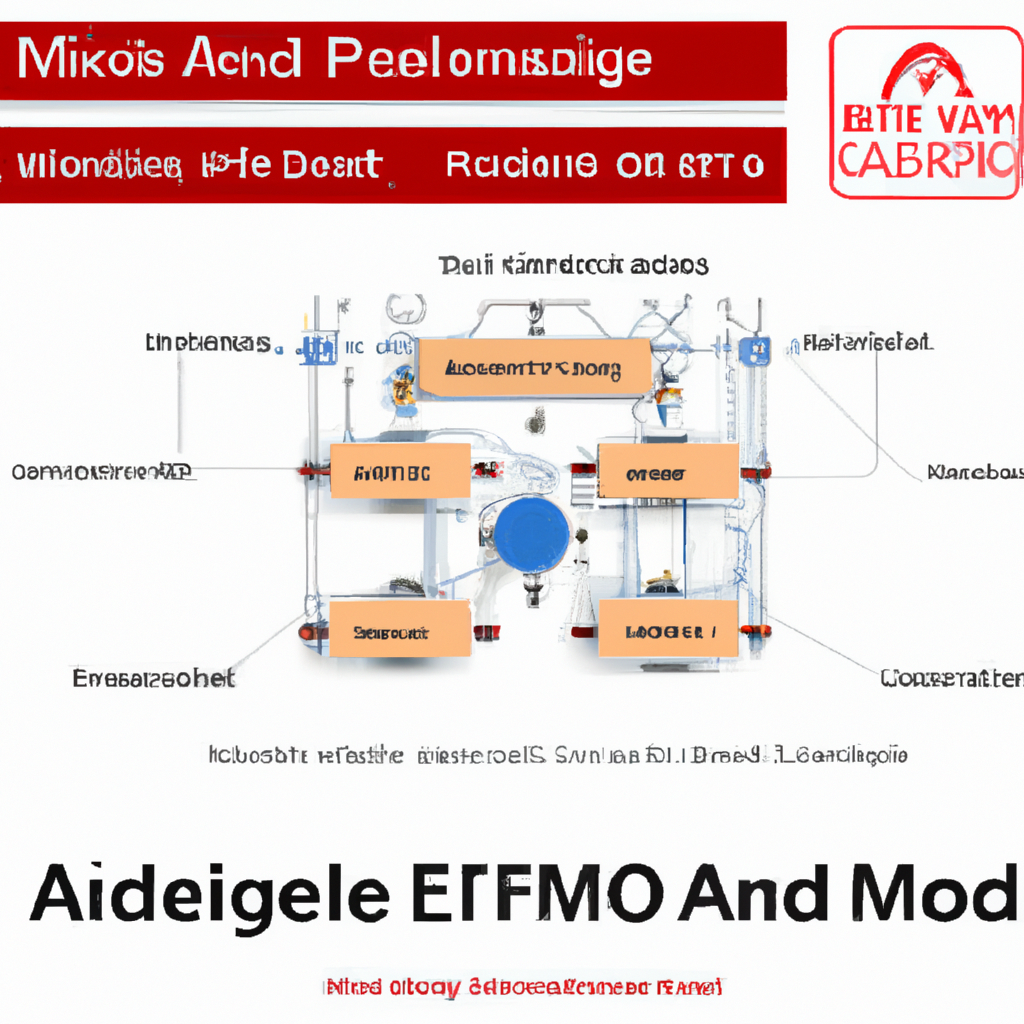Introduction
In today’s fast-paced AI landscape, fine-tuning models is essential. It maximizes AI capabilities and enhances performance in enterprise systems. For tech professionals, fine-tuning offers a practical solution to time and implementation challenges.
This guide aims to provide a clear understanding of AI model fine-tuning, enabling responsible AI use and practical application in real-world scenarios.
Understanding AI Model Fine-tuning
Fine-tuning is a crucial step in AI development. It involves adjusting a pre-trained model with a new, related dataset to improve its performance for specific tasks. Unlike building models from scratch, fine-tuning saves time and resources by leveraging existing models.
Key Concepts and Terminology
To navigate AI model fine-tuning effectively, understand these concepts:
-
Pre-trained Model: A model already trained on a large dataset, ready for adaptation to new tasks.
-
Transfer Learning: Using a pre-trained model to address a different but related task.
-
Hyperparameter Tuning: Adjusting model parameters to improve performance.
These elements are crucial for successful fine-tuning.
Key Insight: Fine-tuning leverages knowledge from pre-trained models, offering significant time and resource efficiency compared to training new models from scratch.
Tools and Frameworks for Fine-tuning
Using the right tools and frameworks is vital for effective fine-tuning. Popular options include TensorFlow, PyTorch, and Hugging Face Transformers. Each offers unique features to tackle challenges in AI model development. These tools provide the infrastructure needed to streamline the fine-tuning process.
Practical Implementation Steps
Begin your fine-tuning journey with these steps:
-
Initial Setup: Choose an appropriate pre-trained model and dataset.
-
Fine-tuning Process: Use a tool like PyTorch for a guided walkthrough.
Code snippets and diagrams can help visualize and execute your fine-tuning strategy effectively.
Case Study: Successful Fine-tuning in Practice
Consider a real-world example where fine-tuning significantly improved model performance. By examining performance metrics and before/after scenarios, you’ll see the tangible benefits and efficiency gains achieved through fine-tuning.
Challenges and Limitations
Despite its benefits, fine-tuning has challenges like overfitting and data quality concerns. Address these issues with strategies that promote responsible AI use, ensuring model reliability and effectiveness.
Evaluation and Optimization
Evaluate and optimize your fine-tuned models using performance metrics and techniques designed for efficiency. By adopting best practices, you can ensure your models operate at peak performance.
Future Trends and Considerations
The future of AI model fine-tuning is shaped by emerging trends and advancing tools. Human-AI collaboration will be key in refining fine-tuning practices, leading to greater innovations in AI development.
Conclusion
In conclusion, mastering AI model fine-tuning is crucial for tech professionals looking to enhance project performance. Apply the insights gained here to your AI initiatives, and use our checklist to streamline the fine-tuning process, effectively addressing time constraints and implementation challenges.
